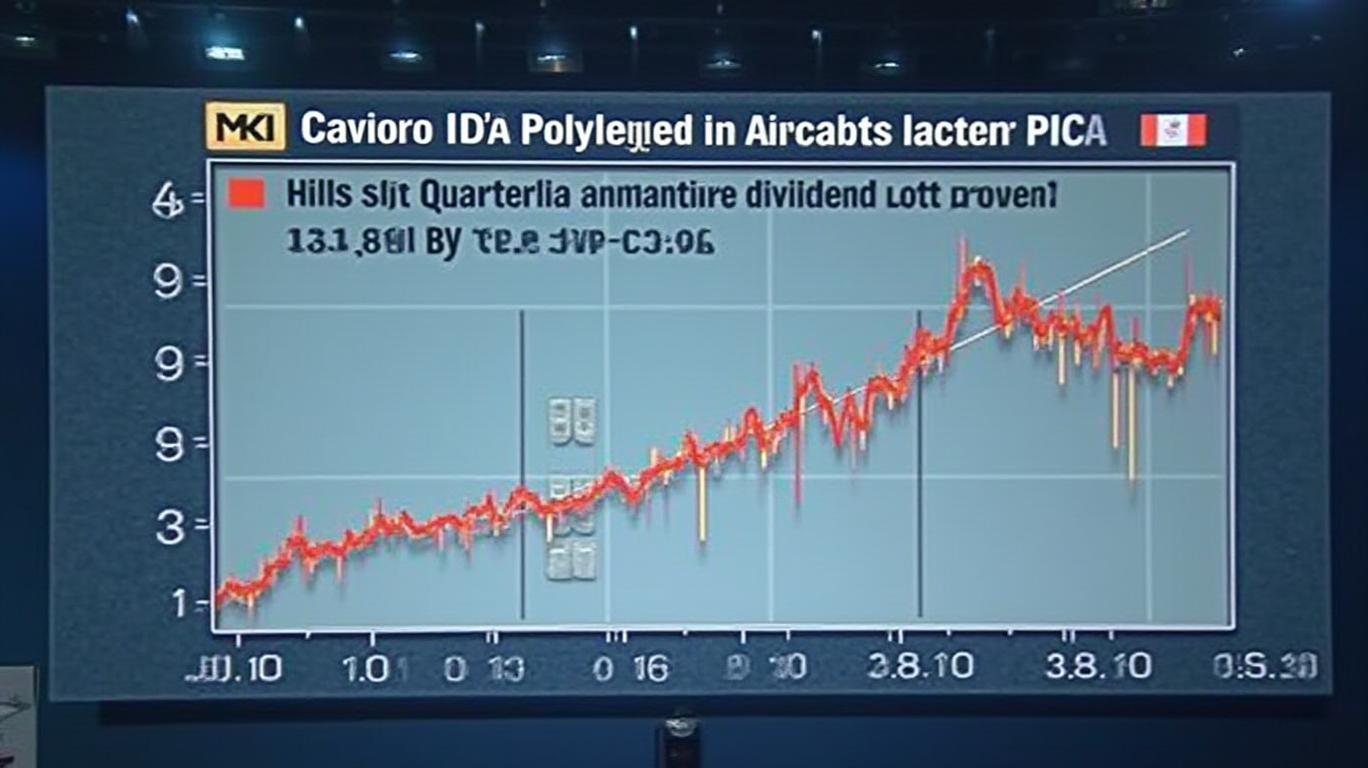Premium Income Corp. Class A: Navigating Dividend Stability Amid NAV Volatility
The Premium Income Corporation (PIC) Class A shares (PIC.A) recently declared a $0.21 per share dividend for May 2025, maintaining its pattern of consistent payouts despite a volatile net asset value (NAV) trajectory. This analysis explores the dividend history, financial performance, and strategic shifts that define PIC.A’s investment profile, offering insights for income-seeking investors.
Ask Aime: How does the Premium Income Corporation's dividend payout align with its NAV movements?
Dividend Evolution: From Quarterly to Monthly Payouts
Prior to November 2024, PIC.A shareholders received quarterly distributions of $0.20319, totaling $0.81276 annually. In late 2024, the fund shifted to monthly $0.08 distributions, boosting the annualized payout to $0.96 while increasing yield to 19.35% by early 2025. The May 2025 dividend of $0.21 aligns with this strategy, likely reflecting three monthly installments of $0.08 (with rounding adjustments). This change aims to provide smoother income streams for investors, though it comes amid significant NAV fluctuations.
Ask Aime: "Is the PIC.A dividend hike a sign of confidence in the future?"

Financial Performance: NAV Declines and Sector Headwinds
PIC.A’s NAV has faced persistent headwinds since 2023, driven by mixed performance in its core holdings—Canadian banks. Key trends include:
- 2023: NAV dropped from $19.83 (Jan 2023) to $15.46 (Oct 2023), pressured by Canadian bank underperformance and market volatility.
- 2024: A partial recovery to $17.77 (Apr 2024), though gains were uneven.
- 2025: NAV slumped to $4.69 as of April 2025, likely due to a consolidation adjustment or asset revaluation.
The fund’s focus on Canadian banks (e.g., Bank of Montreal, Royal Bank of Canada) has been a double-edged sword. While sectors like National Bank of Canada delivered pockets of strength (e.g., 8.5% Q2 2024 returns), broader underperformance and macroeconomic uncertainty have weighed on NAV.
Hedging Strategies and Capital Preservation
To mitigate volatility, PIC.A employs protective put options and avoids aggressive call writing. For instance:
- Q4 2023: 35.2% of the portfolio was allocated to put options.
- Q2 2024: Put writing averaged 1% of NAV, with minimal call writing due to bullish equity sentiment.
This cautious approach aims to preserve capital, though it may limit upside potential during market rallies.
Tax Considerations: Return of Capital and Adjusted Cost Bases
PIC.A’s 2025 distributions are classified as capital gains or return of capital, with no taxable dividends reported. Investors should note that return of capital reduces their adjusted cost base, deferring capital gains taxes until shares are sold. This structure benefits long-term holders but requires careful tax planning.
Conclusion: A High-Yield Trade-off
PIC.A’s $0.21 dividend for May 2025 underscores its commitment to income generation, with an annualized yield of 19.35% as of early 2025. However, this comes at a cost: the NAV has declined sharply to $4.69, reflecting underlying portfolio challenges.
Investors should weigh:
1. Income Stability: Monthly payouts and consistent dividend declarations since 2024 provide reliable cash flows.
2. NAV Risks: The NAV’s 76% drop from its 2023 high ($19.83 → $4.69) signals potential erosion of principal.
3. Hedging Limitations: Protective puts reduce downside risk but may not fully offset sector-specific headwinds.
For income-focused investors willing to tolerate capital volatility, PIC.A remains compelling. However, those prioritizing capital preservation may find the NAV trajectory too risky.
In summary, PIC.A’s high yield is a double-edged sword: it rewards income seekers but demands a clear-eyed view of its NAV dynamics. Monitor Canadian bank performance and hedging efficacy closely—these will be critical to the fund’s long-term viability.
Data as of April 30, 2025. Past performance does not guarantee future results.










